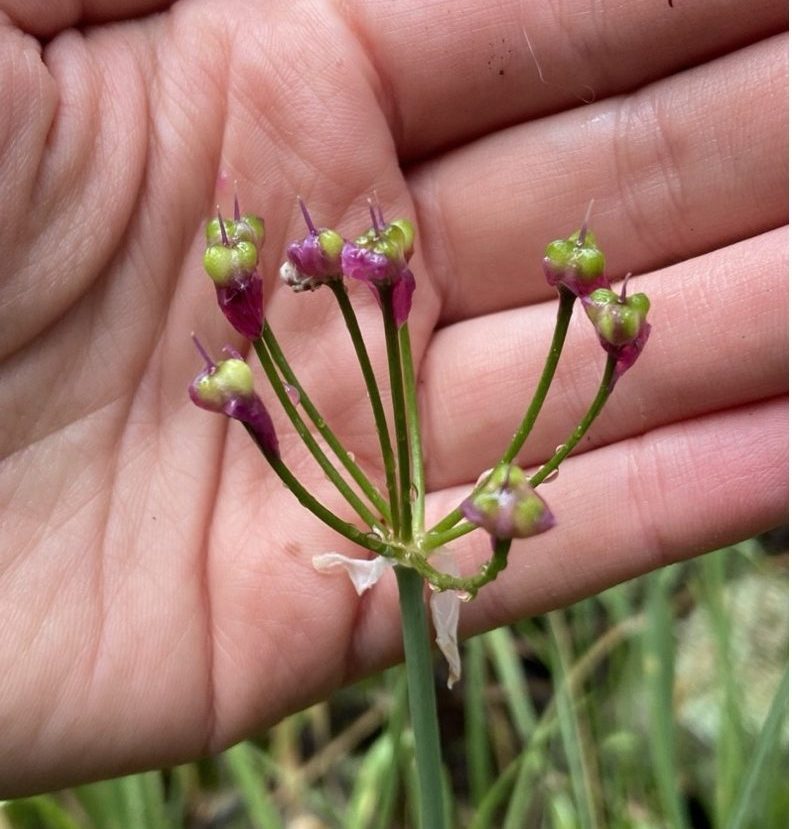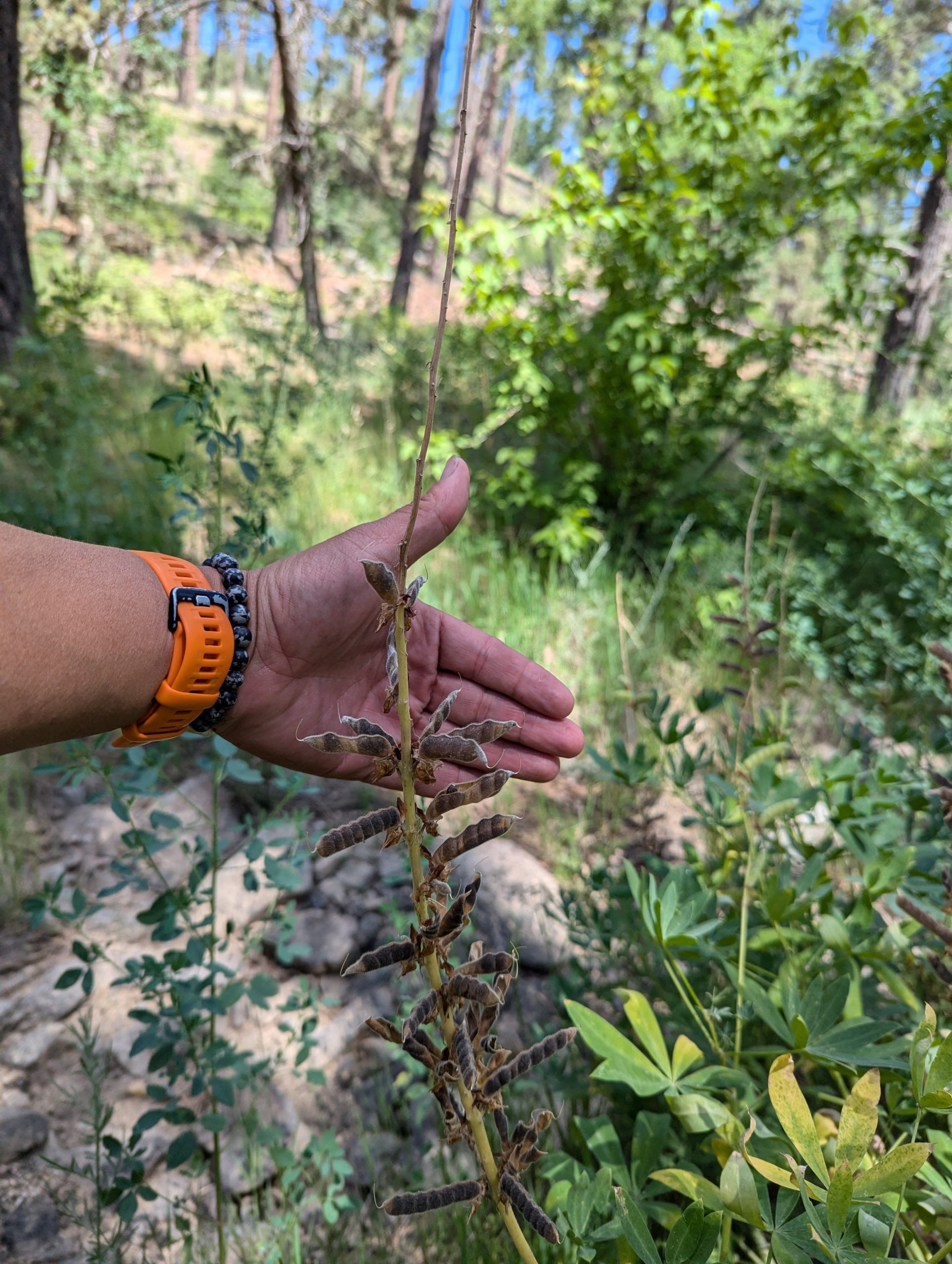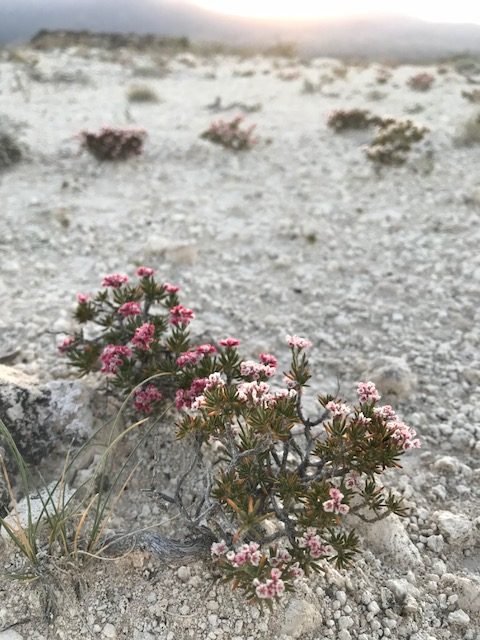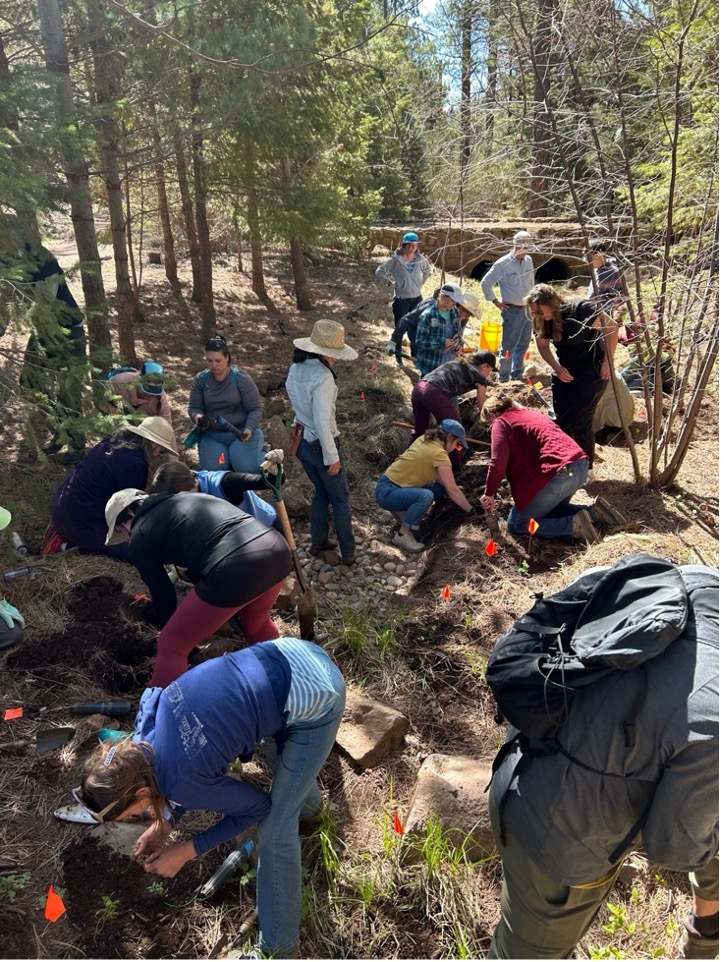Safeguarding the Rare Plants of the Southwest: CPC and USFS Region 3’s Collaborative Efforts in Rare Plant Conservation
In the face of increasing environmental challenges, the need to safeguard rare plant species has never been more urgent. Through a five-year agreement with the U.S. Forest Service (USFS) Region 3, the Center for Plant Conservation (CPC) and its Conservation Partners are making remarkable strides in protecting imperiled flora across the Southwest. In 2024, this partnership saw significant achievements in seed collection, cryopreservation, and conservation planting efforts, ensuring that some of the rarest plant populations on USFS Region 3 lands in Arizona and New Mexico are preserved for future generations.
At the heart of this initiative lies a commitment to conservation-quality seed banking, a vital strategy for securing the genetic diversity of rare plants. Over the past year, CPC and its partners in the region successfully coordinated and carried out seed collections of 12 priority taxa, for a total of 17 accessions, taking place on eight unique Region 3 forest unitsspanning across Arizona and New Mexico. These collections, informed by a comprehensive gap analysis completed in 2023, targeted species most in need of protection. Among them were Broadleaf lupine (Lupinus latifolius ssp. leucanthus) in Prescott National Forest, Yavapai buckwheat (Eriogonum ericifolium var. ericifolium) in Coconino National Forest, and Mimbres figwort (Scrophularia macrantha) in Gila National Forest. Each seed collection represents a critical step in fortifying conservation efforts, ensuring these plants are safeguarded against habitat loss, climate change, and other ecological threats.

A standout focus of the project is the Arizona willow (Salix arizonica), a globally imperiled species found in Arizona, Colorado, Utah, and New Mexico. With most of its populations occurring on USFS land and its classification as critically imperiled (S1) in New Mexico, the Arizona willow has become a key species of this project’s conservation efforts in the region. Recognizing its vulnerability, CPC partnered with the Southwest Office of the Institute for Applied Ecology (IAE) to make collections of cuttings from wild populations as well as the USDA-ARS National Laboratory for Genetic Resources Preservation (NLGRP) to cryopreserve genetically diverse cuttings from three meta-populations. In early 2024, dormant bud tissue was harvested and successfully transferred to liquid nitrogen storage, securing a genetic backup for the species in perpetuity.
In addition to cryopreservation, CPC partners at The Arboretum at Flagstaff (TAF) established a conservation grove of Arizona willow on their grounds to further support conservation of this species. In April 2024, 104 live stem cuttings were received from IAE, with the hope that many would take root and thrive in a protected garden setting. Despite some initial setbacks—many of the cuttings arrived without green tissue due to the cryopreservation process—40 individuals demonstrated strong growth potential.
Beyond the Arizona willow initiative, CPC and its partners also focused on securing seed collections of Goodding’s onion (Allium gooddingii), a rare plant native to fire-prone areas of the Gila National Forest. In September 2024, IAE field teams successfully collected seeds from a small but resilient population. This effort is particularly critical, as past wildfires have decimated large portions of the plant’s habitat. By banking these seeds at conservation institutions such as NLGRP, USFS and the CPC network are helping to ensure that Goodding’s onion remains a part of the region’s botanical heritage despite the growing threat of wildfire.

The success of these conservation efforts would not have been possible without the collaboration of CPC’s Conservation Partners, including The Arboretum at Flagstaff, Desert Botanical Garden, Institute for Applied Ecology, and ABQ BioPark. Each played a crucial role in conducting seed collections, overseeing plant propagation, and providing long-term storage solutions. As these partnerships continue to flourish, CPC and USFS Region 3 remain committed to expanding conservation strategies, refining seed banking protocols, and engaging local communities in protecting the Southwest’s rarest plants.
Looking ahead to 2025, CPC plans to build upon this momentum. Expanded seed collections focusing on wildfire-threatened populations are slated for the coming year, and ongoing monitoring will ensure the health and survival of the Arizona willow conservation grove. Additionally, CPC will continue identifying and prioritizing at-risk plant species for future conservation actions, strengthening the resilience of native ecosystems across USFS lands.
In a time when biodiversity is increasingly at risk, the collaborative efforts between CPC, USFS Region 3, and regional Conservation Partners offer a beacon of hope. Through strategic conservation, seed banking, and habitat restoration, these dedicated organizations are not only protecting rare plant species but also preserving the ecological integrity of the Southwest for generations to come.
-

Lupinus latifolius ssp. leucanthus producing seed at a wild population in Prescott National Forest. Photo Credit: Steve Blackwell. -

Yavapai Buckwheat (Eriogonum ericifolium). Photo credit: Shiela Murray, The Arboretum at Flagstaff. -

The Arboretum at Flagstaff staff and volunteers planting Salix arizonica individuals. Photo courtesy of The Arboretum at Flagstaff.